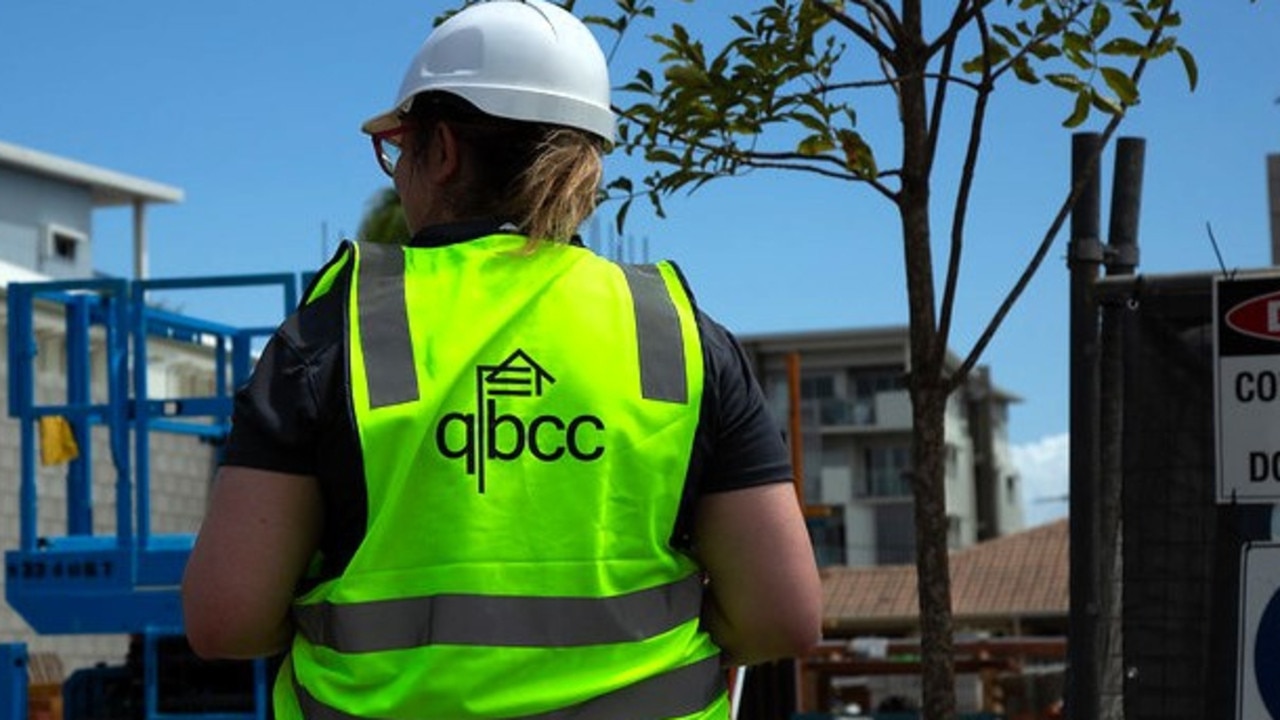Where Elon Musk went wrong with Twitter
The billionaire has often talked up the concept of failing fast. He may just set a record pace for the social media platform.
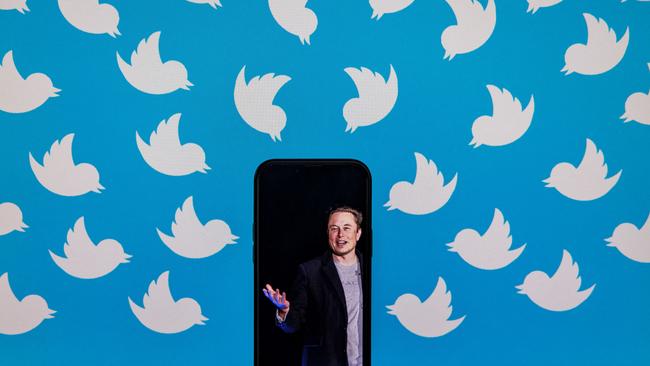
Business
Don't miss out on the headlines from Business. Followed categories will be added to My News.
Elon Musk has often talked up the concept of failing fast and linking failure to innovation.
This creative destruction is seen as a strength for high-growth car maker Tesla or commercial space play Space X, businesses he built from the ground up. But he might have met his match in Twitter’s failures.
By moving into Twitter, Musk has been attempting to retrofit an already established tech company into his own vision. Although only 16 years old, all the heavy lifting has been done. Twitter already has its own long running algorithm. It has spent years forging its place in the market and building a user base in excess of 400 million users.
Twitter is now privately owned and Musk can do what he thinks is best for it. But without a blockbuster new product which was always going to be hard on the legacy platform Musk’s changes – being performed in real time – were always going to be little more than window dressing.
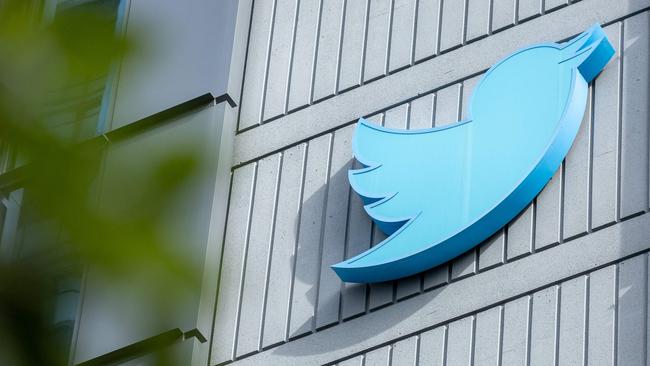
While Twitter needed financial discipline and arguably a better business model before Musk moved in, its days disrupting the social media market are long behind it. Now Twitter is feeling the heat of disruption from rival video-based players such as TikTok or Instagram and the functionality of WhatsApp.
Nor was it clear to the bulk of users what improvements Musk was trying to make to their experience beyond a catch-all promise of “free speech” and whether this would have delivered a step change in user numbers. (Musk says the weekend’s World Cup saw the highest number of tweets per second 24,400 occurring during the final).
Valuation collapse
After paying $US44bn ($65.4bn) for Twitter it’s arguable the tech company is now worth even a third of that. The market had valued the company at less than $US30bn before a takeover premium was built in. An IPO which would be years away would have a lot of blue sky built in.
Musk stumbled by locking in tech boom prices for a company hooked into a sector that has seen valuations collapse. And since taking charge in October his chaotic, abrasive and visible management style from wholesale sackings to public baiting have pushed Twitter’s advertisers away. This means revenues are collapsing, but interest payments on Twitter’s new debt pile is ballooning.
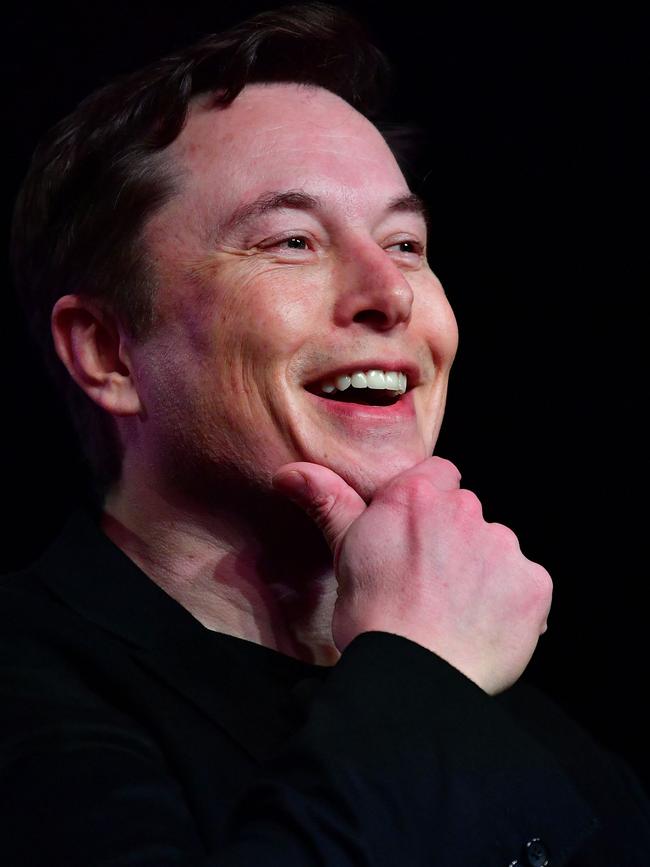
Musk’s promised new revenue streams – a Twitter Blue premium service with a monthly subscription – have been delayed or simply not materialised. A business subscription service is set to be rolled out this week.
At the same time, the brand is taking a massive reputational hit over content moderation issues and ad hoc policymaking – from reinstating banned users, to a ban placed on others.
Algorithm tweaks have delivered confusing results. Meanwhile, Musk has spent efforts in exposing how Twitter operated in years past, meaning the tech company spends all its time looking inward rather than outward for users.
Adding to the perception of dysfunction, Musk has created a sense of urgency around solving Twitter’s problems, tweeting that he is working around the clock and forcing staff to follow through. Last month he told a much smaller Twitter workforce company was facing dire financial pressure and without a significant subscription revenue “there is a good chance Twitter will not survive the upcoming economic downturn”.
For many it’s been like watching a company implode in real time and readers can’t get enough of the biggest financial story of the year. (No doubt a Netflix treatment is being planned right now).
CEO out
It’s come to the point where Musk has sought to circumvent his financial backers in his Twitter buyout, to put it to users over the past day as to whether he should stay on as chief executive, or “chief Twit”.
He lost the poll 57 to 43, prompting him to respond cryptically (via Twitter). “Be careful what you wish, as you might get it”. Which could have easily applied to his tech takeover.
Musk later added “the question is finding a CEO who can keep Twitter alive”.
Should I step down as head of Twitter? I will abide by the results of this poll.
— Elon Musk (@elonmusk) December 18, 2022
When he initially took charge, Musk said he planned to find another CEO, but declined to put a time frame on a transition.
Musk launched the poll shortly after attending the World Cup final in Qatar. And while the multi-billionaire reportedly put up half the equity in the acquisition, others have pumped in billions, including a fund backed by Oracle co-founder Larry Ellison and Qatar’s sovereign wealth fund.
A clutch of Wall Street banks from Morgan Stanley, Bank of America and Barclays that provided a $US13bn debt package for the Twitter takeover are on the hook and face substantial haircuts even if they can sell the debt into the secondary market. Loading a company up with debt has come at exactly the wrong time in a cycle, particularly with the US teetering on a recession.
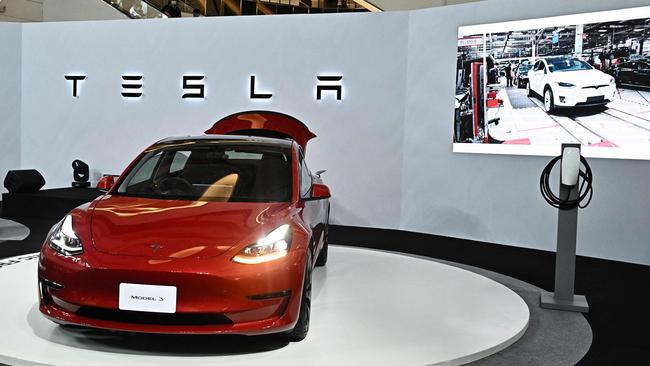
The poll came after weekend reports that Musk was seeking to return to his investors to test their appetite to raise more funds for Twitter, the raising would have ambitiously kept the $US44bn valuation unchanged. Based on a fast-rising interest bill, the loss-making social media site can only go a few ways, back to investors for more cash for an eventual IPO; a file for bankruptcy or some form of debt renegotiation.
Musk’s “resignation” comes as investors are turning off his flagship Tesla, which is providing the cash for his Twitter foray.
Many are worried the management chaos, reputational hits or further share sell downs could spill over to what is still the world’s biggest carmaker by market capitalisation.
Since the start of October as the Twitter takeover was being finalised, Tesla shares have slid almost 50 per cent, making up most of the losses this year. In recent months, Musk has raised billions of dollars through share sales, adding to uncertainty over the stock. Tesla investors have voiced concerns over Musk’s focus on Twitter.
Last Friday, Musk, who has a more than 13 per cent stake in the car company, tweeted that “Tesla is executing better than ever”.
This has put Australia’s Robyn Denholm, the former Telstra chief financial officer who has been the Tesla chairman since 2018 in a tough position. Tesla’s December quarter results will be released next month, and any operational stumble could be seen as another Twitter storm.
NBN mandate
It’s now a matter of time how long Canberra can hold on to the illusion the NBN Co is going to deliver a return for the taxpayer. At some point soon the game of kicking the accounting down the road will soon run out of road which will force its hand on some of the $44bn in equity it has tied up in the broadband network.
The new statement of expectations for the NBN released this week by Communications Minister Michelle Rowland tilts NBN Co to a firmly customer-focused enterprise which is not a bad thing. But this doesn’t come for free and it means implied future returns from the broadband are going to be lower. Much lower.
In fact for the first time the statement of expectations spells this out, conceding the NBN can’t be profitable in meeting all of its obligations, particularly in rural and regional Australia. However NBN Co has been told it needs to be commercially sustainable in order to invest and repay debt.

The new statement also said the government will keep NBN Co in public hands for the “foreseeable future” to provide the certainty needed to continue delivering improvements to the network while keeping prices affordable. In the current climate the privatisation of service-based organisations would be a political no-go zone but this will put one NBN hopeful Telstra back in its box. Others such as IFM Investors and AustralianSuper, would be eyeing a slice at the right price, which excludes the current rate of $44bn.
The NBN itself this month conceded in ACCC filings it is unlikely to recoup the full $44bn invested in the network by Canberra, rather it would aim to claw back $12.5bn. It has a $6.4bn loan due to be paid back to Treasury by mid-2024 which based on current cashflow is doable. But in terms of equity, tens of billions of accumulated losses and a negative net asset position will eat into future dividends when they come.
NBN Co has set guidance for the current financial year to generate revenue in the range of $5.2 billion to $5.4 billion, compared to last year’s $5.1bn. It is also targeting EBITDA of between $3.4 billion and $3.6 billion, up from $3.1bn. At the end of June NBN Co was sitting on debt of more than $24bn.
johnstone@theaustralian.com.au
More Coverage
Originally published as Where Elon Musk went wrong with Twitter





